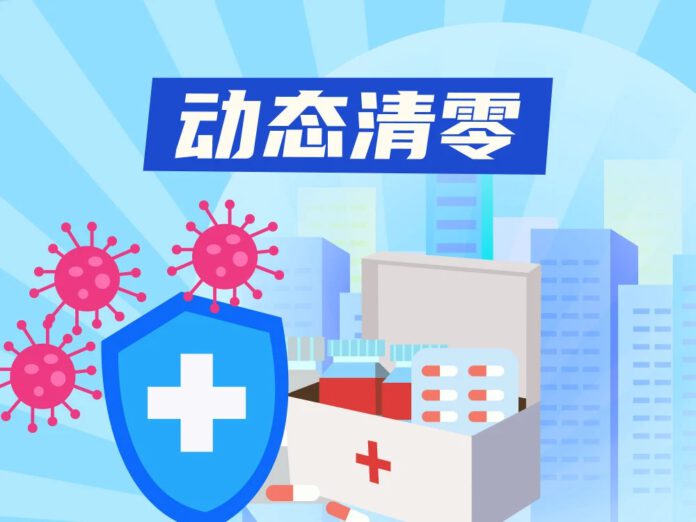
In the past two years, China has not only successfully controlled the COVID-19 pandemic but also maintained social stability and economic construction. With the change of the global pandemic situation, especially the rapid spread of Omicron mutant strains, many countries have reluctantly chosen to give in. Recently, China also has a complex pandemic situation with many points and a wide range. Some people in China started to lose confidence in continuing to adhere to the strict pandemic prevention and control and criticize the national efforts.
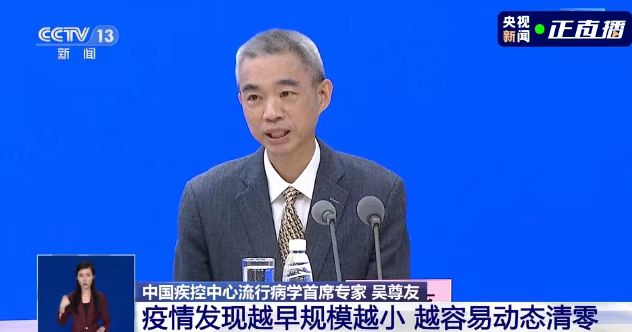
On April 18, Wu Zunyou, chief epidemiologist of the Chinese Center for Disease Control and Prevention (CDC), released a long article on his social media to clarify the misconceptions regarding China’s dynamic clearing policy.
Meaning of dynamic clearing
The term “dynamic clearing” consists of two words: “clearing” and “dynamic”. “Clearing” is the process of eliminating the pandemic. However, this elimination refers only to regional pandemics at a certain moment, not to the national pandemic in a broad sense.
“Dynamic” means that the occurrence of a pandemic and its elimination are constantly changing. For example, an outbreak in one place can be extinguished, and meanwhile, another place can have another outbreak. Or, pandemics can be extinguished and occur in the same place again and again, without necessarily direct transmission relationships among them.
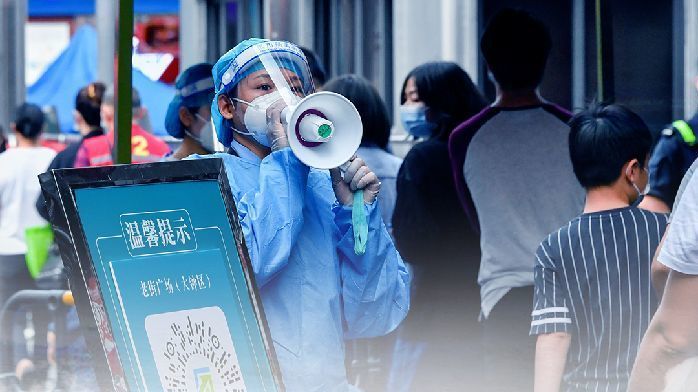
The fundamental purpose of dynamic clearing is to extinguish any outbreak being found, making sure that no pandemic can develop in the local area.
Conditions for dynamic clearing
After 1-2 days of replication and growth, a person infected with a COVID-19 begins to expel the virus from the body and continues to do so for about 7-12 days, and this process is infectious and can transmit the virus to other people.
COVID-19 can only sustain its long-term survival if it keeps spreading from person to person. If an infected person is unable to spread the virus to others beyond its maximum elimination time, the virus is eliminated by the body’s immune function.
By identifying all infected individuals in an outbreak, adopting physical isolation, limiting their contact with others, preventing them from spreading the virus to others, and maintaining a maximum detoxification time, the virus can be eliminated at the site of the outbreak.
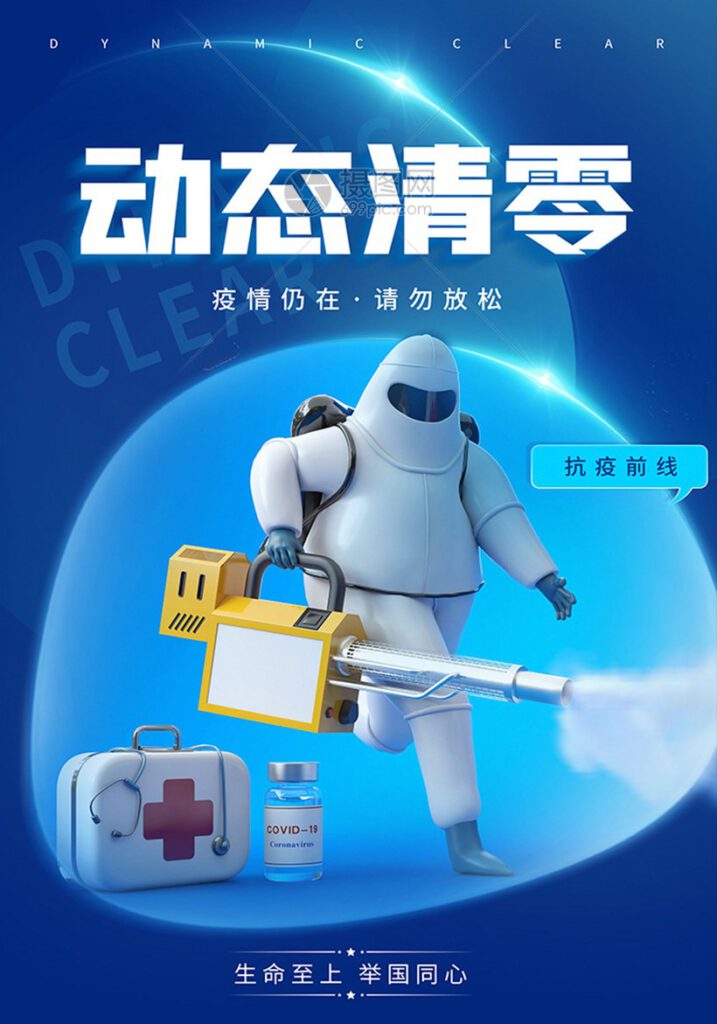
A dynamic clearing strategy is the best option in the absence of a persistent local transmission of a COVID-19 outbreak and where the local COVID-19 outbreak is mainly from foreign importation.
After obtaining control of the Wuhan COVID-19 outbreak, the COVID-19 outbreak was essentially eliminated within China. Subsequent outbreaks of COVID-19 that occurred with local transmission were imported from outside the country. Therefore, the dynamic clearing strategy is the best choice for the prevention and control of COVID-19 in China.
Key measures for dynamic clearing
The core of dynamic clearing is to cut off the transmission chain. The main measures of dynamic clearing include early detection, early reporting, early isolation, and early treatment.
In the prevention and control measures of “external prevention and importation”, one is to emphasize the isolation and observation of incoming personnel, to timely detect infected persons entering from abroad; the other is to emphasize the daily monitoring of people involved in cold chain or cargo transportation from abroad, so as to timely detect the second occurrence of “human-to-human transmission” after “material transmission”. The second is to emphasize daily monitoring of people involved in overseas cold chains or cargo transportation to detect “human-to-human” transmission in time. Both measures are aimed at detecting the outbreak of the disease imported from abroad in the first generation of cases and controlling the outbreak in the first generation of cases. This is the highest level of dynamic clearing.
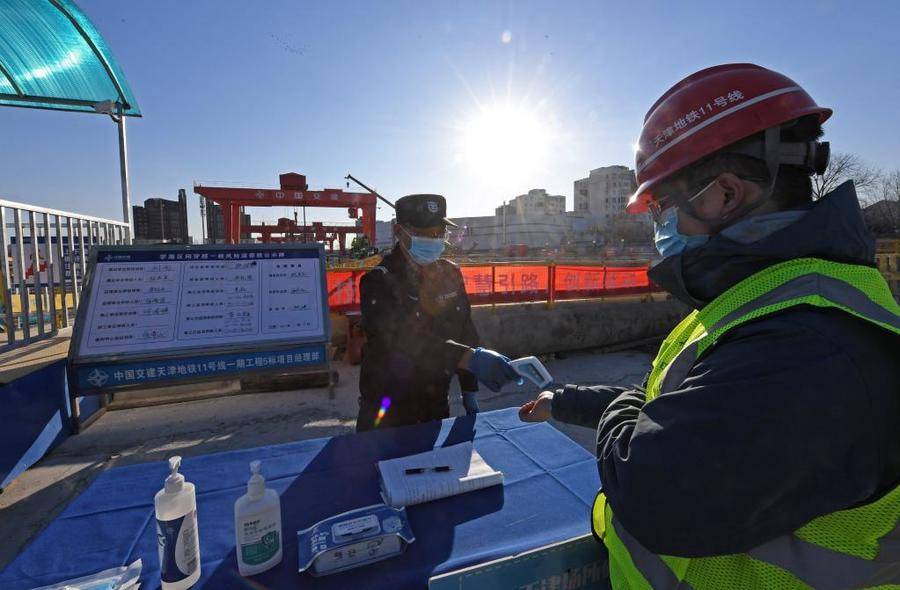
In the “internal prevention and rebound” prevention and control measures, one is to strengthen the control of the movement of people in the newly infected areas to prevent the outflow of infected people from bringing the newly infected into the non-infected areas, and causing new outbreaks. Second, to strengthen the monitoring of outpatients attending the clinic, and perform nucleic acid testing on patients with fever, cough, and other suspected symptoms; those who are not in a position to do nucleic acid can be screened with antigens for timely detection of early cases. Third, people with symptoms such as redness or pain in the throat and cough can do self-testing with antigen screening methods, and if they are found positive, they should report to the local epidemic prevention department for proper disposal. These three measures, all of which are effective methods for early detection of the epidemic, provide the guarantee of early detection of the epidemic for achieving dynamic clearance.
Dynamic clearing ≠ zero infection
The dynamic clearing is fundamentally different from zero infection. Dynamic clearing refers to the detection and elimination of COVID-19 outbreaks that occur. It is not required to be free of COVID-19 infections at a given moment, but for each outbreak that occurs, it is required to be extinguished within a relatively short period.
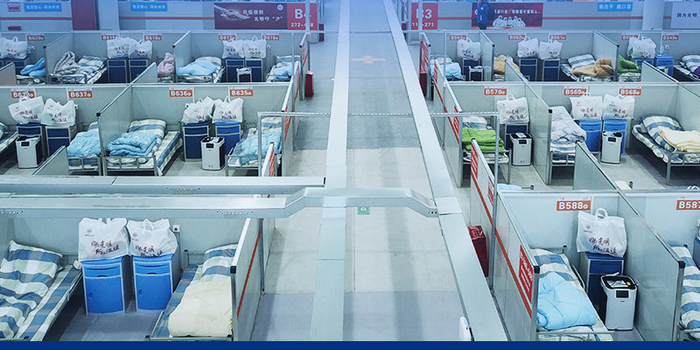
Dynamic clearing emphasizes zero infections at the societal level and does not require that the location of the outbreak be free of infections. By zero at the social level, it means that there are no infected persons in the socially free population, and it does not matter if there are a certain number of infected persons in the isolation management population, because they are in isolation and will not spread to the society.
Dynamic clearing ≠ sealing control
Some people equate the dynamic clearing measure with the control measure and think of city-wide lockdown when dynamic clearing is mentioned. The measures taken for dynamic clearing depend on the stage at which the outbreak is detected. If it is detected early, clearing can be achieved by isolating and treating patients, plus isolating and observing close contacts.
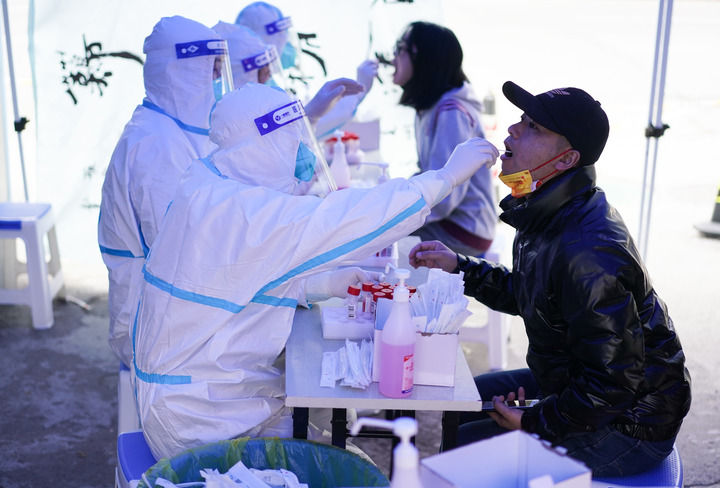
For example, in the past two years, Shanghai has had 12 COVID-19 outbreaks, and the maximum number of cases in each case did not exceed 25, so it was controlled and cleared without taking containment measures. Only when the outbreak was detected late, or, although detected early but failed to take decisive measures to control it in time, and there was more community transmission, then control measures were used.
Dynamic clearing ≠ full nucleic acid testing
Others equate dynamic clearing measures with full nucleic acid screening measures, and when dynamic clearing is mentioned, they think of full citywide nucleic acid screening. Similarly, as long as the outbreak is detected early, the transmission chain is clear, and close contacts are identified along the transmission chain, there is no need to do a full nucleic acid screening.
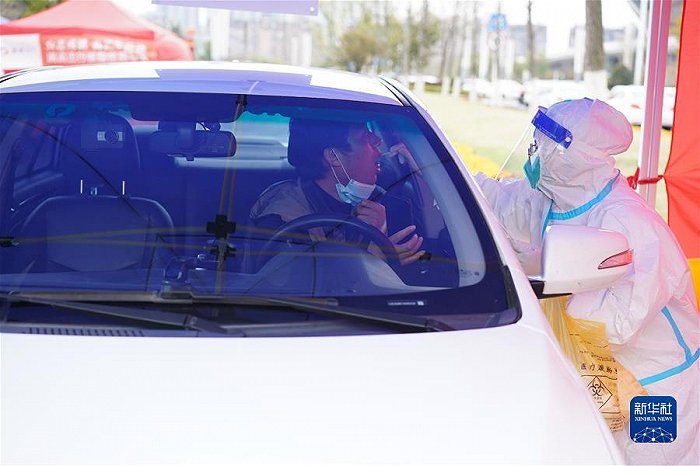
Only if the outbreak is detected late, or if decisive measures are not taken to control it promptly despite early detection, and if there is more community transmission and the chain of transmission is unclear, then full nucleic acid screening should be used.
Dynamic clearing ≠ causing negative economic impact
When some people mention dynamic clearing, they think of a large economic impact. Dynamic clearing is the only way to maximize the positive economic impact.
If the epidemic is found, controlled, and eliminated in the early generations, there is no or less impact on economic construction, but only to provide a safe environment.
If the epidemic situation develops more severely and requires a larger scale of full nucleic acid screening, containment and control measures, etc. The dynamic clearing strategy does have some impact on economic development. According to the preliminary analysis by mathematical modeling experts, the impact of the dynamic clearing strategy on local GDP is only half of the impact of the non-dynamic clearing strategy on the economy.
(Source: Weibo, xinhua, sina)



